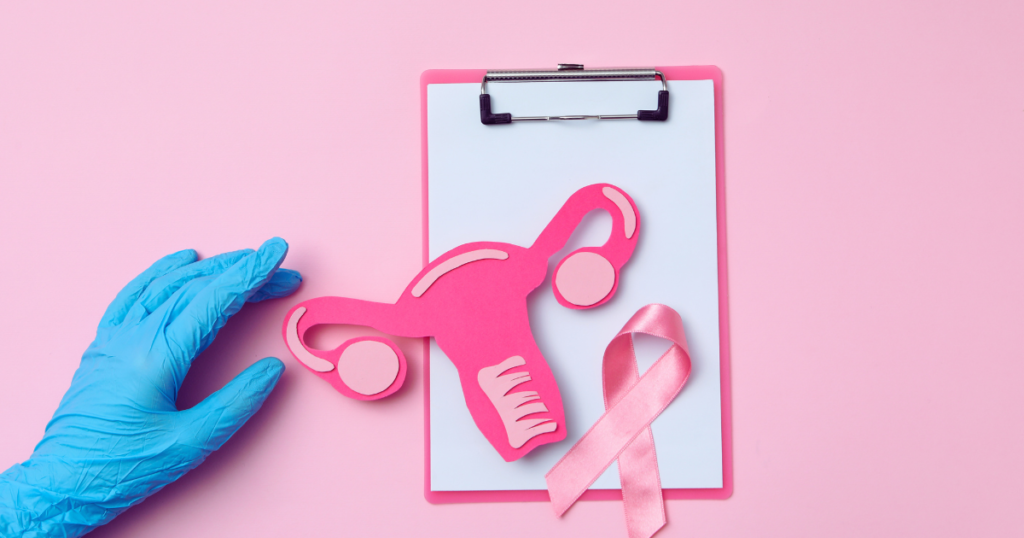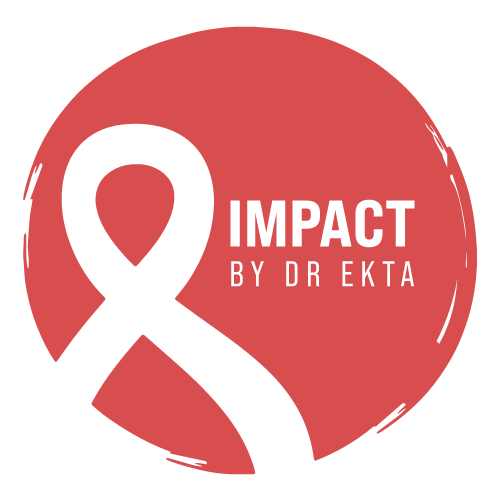Cervical cancer is a word no one wants to hear, and when it comes to your health, it’s natural to wonder, Can I get cervical cancer? How would I even know if something’s wrong?
I’ve heard countless times from my patients, “How did I know I had cervical cancer?” The truth is, many women experience early signs that could point to cervical cancer, but not all are immediately aware. This is why early screening is so important.
Let’s break down the symptoms, the role of regular tests, and how you can stay ahead of potential risks. By understanding the signs and knowing what to look for, you give yourself the best chance of early detection and better outcomes.
The Importance of Regular Screening: A Game Changer
I can’t stress enough how crucial regular screenings are for cervical cancer. Many women wonder why they need Pap smears or HPV tests if they feel fine. Here’s why:
Cervical cancer often shows no symptoms in its early stages. But the good news is, early detection can save lives. Routine screening tests, like the Pap smear and HPV test, are essential because they help catch abnormal cell changes in the cervix before they turn into cancer. In fact, most cases of cervical cancer are preventable if detected early.
HPV, a virus spread through sexual contact, is the primary cause of cervical cancer. While not all strains of HPV cause cancer, certain high-risk types are responsible for the majority of cases. That’s why these screenings help in identifying potential risks early on.
Early Symptoms You Shouldn’t Ignore
Even though early-stage cervical cancer doesn’t always show symptoms, some warning signs could indicate something’s wrong. Based on my years of treating women, these are the key symptoms you should watch for:
1. Abnormal Vaginal Bleeding
Is your period irregular or is there bleeding between cycles? Bleeding after sex or after menopause? These are common red flags for cervical cancer. If you notice any unusual bleeding, speak to your doctor right away. It might not always mean cancer, but it’s always worth checking out.
2. Unusual Vaginal Discharge
Discharge is normal, but if it starts to look unusual watery, bloody, or foul-smelling, you should get it checked. Changes in the consistency, color, or odor of your discharge can signal something’s off.
3. Pain During Intercourse or Pelvic Pain
Consistent pain during intercourse or unexplained pelvic pain can be a sign of cervical cancer. Many women describe the discomfort as a persistent pressure or dull ache. If it doesn’t go away, make sure to schedule a visit to your healthcare provider.
4. Urination Problems
As cervical cancer grows, it can put pressure on your bladder. This might cause symptoms like painful urination, blood in your urine, or the need to urinate more frequently. While these could also point to a urinary issue, it’s still worth investigating further.
5. Fatigue and Unexplained Weight Loss
Feeling unusually tired, no matter how much rest you get, or experiencing unexplained weight loss? These can be warning signs that something more serious is going on. Don’t ignore them.

How I Help My Patients Navigate Diagnosis
Many patients ask, How would I know if I had cervical cancer? They often recognize one or more of these symptoms and bring them up with me. However, it’s important to note that symptoms alone aren’t always a reliable indicator. If you’re experiencing any of the above signs, diagnostic tests will give you the full picture.
Here’s what I typically recommend:
1. Pap Smear
This test looks for changes in the cells of the cervix. If abnormal cells are found, further tests will be needed.
2. HPV Testing
Since certain strains of HPV are linked to cervical cancer, testing for high-risk HPV strains is critical in determining your cancer risk.
3. Colposcopy and Biopsy
If tests show abnormal results, we might recommend a colposcopy, a procedure that allows us to look more closely at your cervix. If anything looks suspicious, I may take a biopsy for further testing.
What Increases Your Risk for Cervical Cancer?
Even if you don’t have symptoms, certain factors can make you more prone to cervical cancer. These include:
- HPV Infection: Persistent HPV infections, especially high-risk strains, increase the risk of cervical cancer.
- Smoking: Women who smoke are at higher risk.
- Weakened Immune System: Conditions like HIV or medications that suppress the immune system can increase your risk.
- Multiple Sexual Partners: This can increase exposure to HPV.
- Missing Screenings: Regular check-ups are key to detecting problems early.
How You Can Prevent Cervical Cancer: Simple Steps You Can Take
While cervical cancer is scary, it’s one of the most preventable types of cancer. Here’s what you can do to reduce your risk:
- Get the HPV Vaccine
Vaccination helps protect against the most dangerous HPV strains. If you’re between 9 and 45 years old, talk to your doctor about the vaccine. - Don’t Skip Screenings
Regular Pap smears and HPV tests are the best way to catch cervical cancer early. Make it a habit! - Practice Safe Sex
Use condoms and limit sexual partners to reduce your risk of HPV infection. - Quit Smoking
Smoking increases your risk of cervical cancer. Quitting can lower that risk significantly.
The Emotional Impact: Facing Your Fears
I know that even talking about cervical cancer can bring up a lot of emotions and fears. The idea of having cancer is overwhelming, and the uncertainty can be difficult to manage. But remember: you’re not alone. As your oncologist, I’m here to support you, whether you’re navigating fears, dealing with a diagnosis, or just making sure you stay healthy.
Cervical cancer, when caught early, is highly treatable. It’s important to focus on prevention and early detection because the earlier we catch it, the better the outcomes.
Conclusion: Take Charge of Your Health
The question How I knew I had cervical cancer? should start with routine screenings. Trust your body, stay informed, and take action when needed. Cervical cancer doesn’t have to be a silent disease. With early detection and prevention, you can take control of your health.
If you’re concerned about your risk or have any symptoms, don’t wait. Schedule an appointment today, and let’s work together to ensure your well-being.

